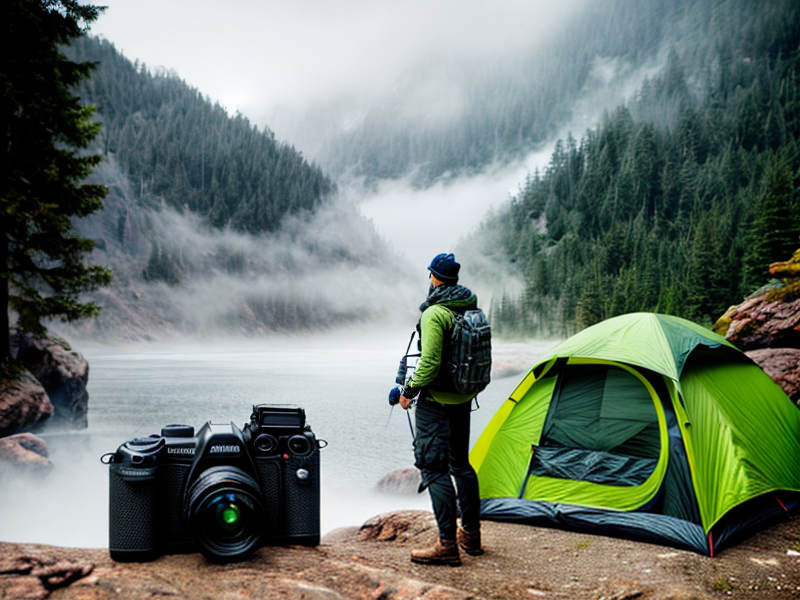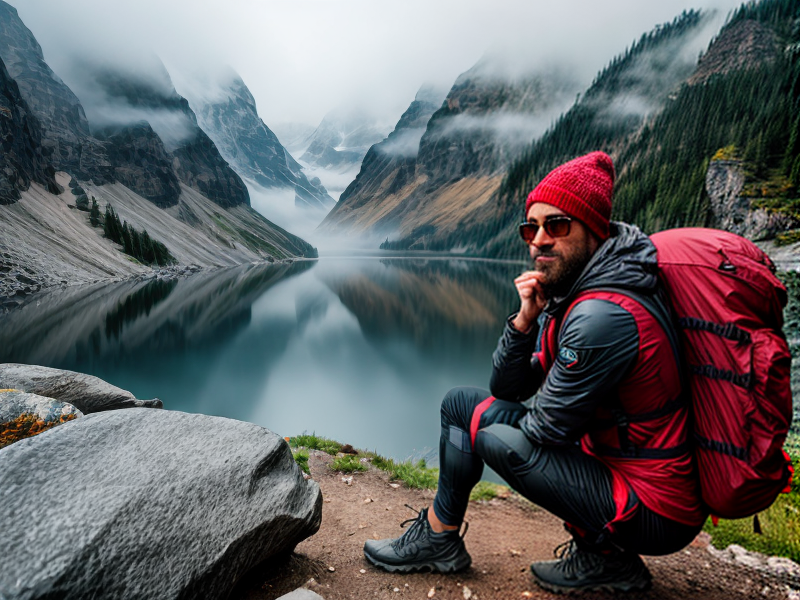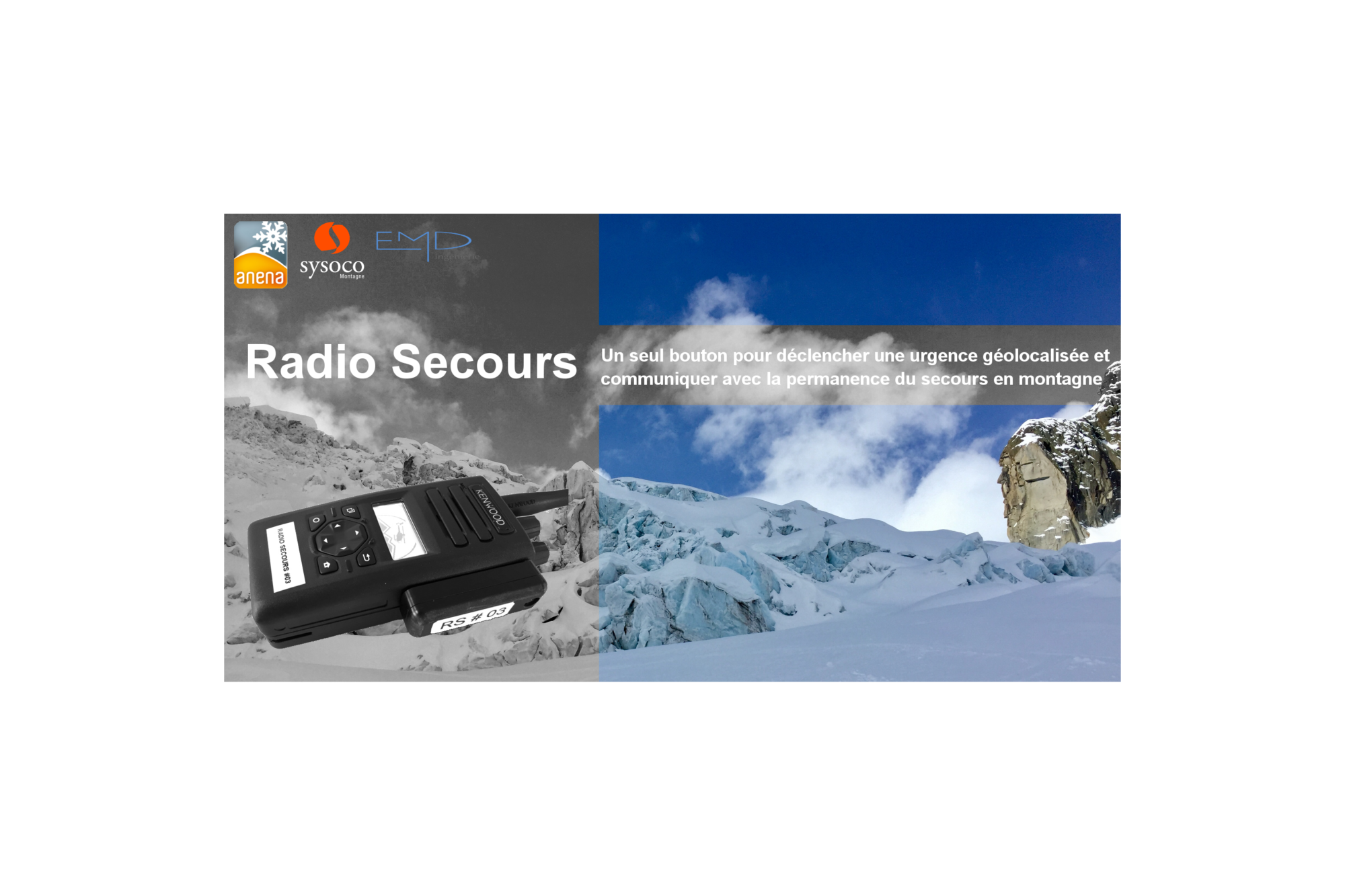Making decisions about our travel adventures can sometimes be overwhelming, especially when it comes to comparing purchase versus renting options for photography equipment and low-impact camping gear. In this article, we will delve into the factors you should consider before deciding whether to buy or rent these essential items for your budget travel experiences. With helpful guides and tutorials, we aim to provide you with the information needed to make a well-informed decision that aligns with your specific needs and preferences.
Comparing Purchase vs. Rent:
1. Cost Comparison:
When it comes to photography equipment and low-impact camping gear, the cost is a crucial aspect to assess. Before making any decisions, it is essential to analyze the overall cost of purchasing the equipment versus renting it. In some cases, purchasing can be more cost-effective, especially if you frequently embark on travel adventures that require specific equipment. On the other hand, renting can be a viable option if you only need the equipment for a short period or want to try out different gear before investing in your own.
2. Maintenance and Long-Term Usage:
Another factor to consider is the maintenance and long-term usage of the equipment. When you decide to purchase photography equipment or camping gear, you become responsible for its upkeep, repairs, and any associated costs. However, owning the equipment allows you the freedom to use it whenever and wherever you desire, without worrying about time restrictions or additional rental fees. Renting, on the other hand, eliminates the responsibility of maintenance but comes with limitations on usage and duration.
3. Level of Expertise and Frequency of Use:
Consider your level of expertise and the frequency with which you plan to use the equipment. If you are an amateur photographer or a casual camper who only embarks on occasional trips, renting may be the more practical choice. Renting allows you to access top-quality equipment without committing to a significant investment. However, if you are a professional photographer or an avid camper who extensively uses the gear, purchasing may be a more economical and long-term solution, as it provides familiarity and the opportunity to master the equipment.

Budget Travel, Guides & Tutorials:
1. Researching Affordability:
Embarking on a budget travel adventure requires thorough research and planning. Before setting off, make sure to research affordable travel destinations, accommodation options, and transportation choices. Utilize online resources, travel forums, and budget travel guides to uncover hidden gems and cost-saving tips. By being proactive in your research, you can maximize your travel experience while minimizing expenses.
2. Prioritizing Your Expenses:
Budget travel requires prioritization. Determine what aspects of your trip are most important to you and allocate your funds accordingly. For some, splurging on unique experiences such as local culinary delights or once-in-a-lifetime activities takes precedence over luxury accommodations. By identifying your priorities, you can plan your budget effectively and make the most of your travel experience within your financial means.

Photography Equipment and Low-Impact Camping Gear:
1. Essential Photography Equipment:
When venturing into the world of photography, having the right equipment is crucial to capturing stunning images. The essential photography equipment includes a DSLR or mirrorless camera body, lenses with different focal lengths, tripod, camera bag, memory cards, and extra batteries. Consider your specific needs and travel destinations to determine the appropriate gear for your photography adventures.
2. Low-Impact Camping Gear:
For eco-conscious travelers, low-impact camping gear is gaining popularity. This gear aims to minimize environmental impact by using sustainable materials, reducing waste, and promoting responsible camping practices. Low-impact camping gear typically includes lightweight tents made from recycled or organic materials, eco-friendly sleeping bags and sleeping pads, reusable cooking utensils, and portable solar-powered chargers. Investing in low-impact camping gear allows you to enjoy outdoor adventures while minimizing your ecological footprint.
Conclusion:
Choosing whether to purchase or rent photography equipment and low-impact camping gear is a decision that requires careful evaluation of various factors such as cost, maintenance, usage frequency, and expertise level. Consider your specific needs, budget, and long-term goals when making this decision. Additionally, embracing budget travel and utilizing guides and tutorials can help you plan affordable and enriching adventures. By making well-informed choices and prioritizing your expenses, you can embark on memorable journeys while preserving your financial stability. Remember, choosing the right photography equipment and low-impact camping gear can enhance your travel experiences and enable you to capture lifelong memories responsibly.
